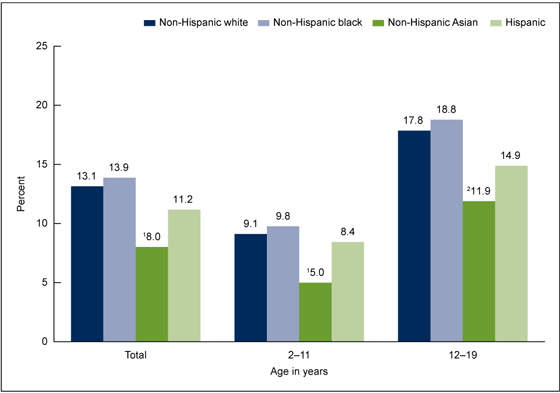
Family dinners are healthy and fun. Involve children in planning and preparing the menu for a week with choices from all the food groups. (iPhoto)
Tiny tots recognize the golden arches long before they enter kindergarten, and some will eventually be hooked on Happy Meals, dollar menus and super-sizing. For African-American children, all of this fast food can contribute to being overweight, obese and in poor health.
A third of all children eat at least 11 percent of their daily calories in fast food, including pizza, according to the latest CDC figures. The percentages are higher for African-American children than for their peers from other racial and ethnic groups, according to the CDC report “Caloric Intake From Fast Food Among Children and Adolescents in the United States.”
Among 12 to 19-year-olds, fast food accounted for 18.8 percent of calories within a 24-hour period for African-American children; 17.8 percent, white children; 14.9 percent, Hispanic children; and 11.9 percent Asian children.
The percentages for lower for 2 to 11-year-olds: 9.8 percent, African-American children; 9.1 percent for white children; 8.4 percent for Hispanic children; and 5 percent for Asian children.
Children who are obese (with a Body Mass Index, or BMI, in the 95th or higher percentile) 14.6 percent of their daily calories in fast food, compared to 12.2 percent for children who were underweight or had normal weights.

African-American children consume more of their daily calories in fast food, including pizza, than for their peers from other racial and ethnic groups, according to the CDC report “Caloric Intake From Fast Food Among Children and Adolescents in the United States.”
Taking Action
So what can you do to improve your child’s nutrition and health? Here are a few tips:
- Let them take the lead on family dinners. Involve children in planning and preparing the menu for a week with choices from all the food groups. They’ll be more engaged in your family’s nutrition.
- Cut back on salt. Seventy-seven percent of our daily sodium comes canned, frozen and other processed food as well as restaurant items. About 90 percent of children eat more salt than recommended, according to the Centers for Disease Control. The recommended daily sodium intake is 1,500 milligrams for African Americans, children and anyone who has diabetes, hypertension of chronic kidney disease. However, the average American who’s 2 years and older consumes more than twice that much — over 3,400 mg a day.
- Look at food labels together. Pay particular attention to sodium, fat and sugar on labels at the supermarket. Ask children to go online to look up the nutritional content of their favorite fast foods, and pick up brochures with this information at restaurants.
- Limit your consumption of fast food. Don’t consider it a “treat,” per se, which might build the allure for fast food, but don’t make it a habit.
- Load up on your child’s favorite fruits and vegetables. It’s a good thing, and It might expand their taste for produce.
- Make comparison shopping a family affair. Dollar menus and $4 meals at fast-food restaurants are hard to beat, but teach your child to help you find deals at the supermarket among similar items, spot sales and clip coupons.
- Pick your own. Take advantage of the change of seasons to pick fruit and vegetables. This is a good time of year to go apple picking.
- Grow your own. Kids love to watch things grow. They can start vegetables from seeds and plant herb gardens.
- Ease up on empty calories. Give your children more water and less soda and other sugary drinks.
African-American children and teens are more than twice as likely as white children to be targeted in TV ads for fast food and junk food, according to a recent study.









